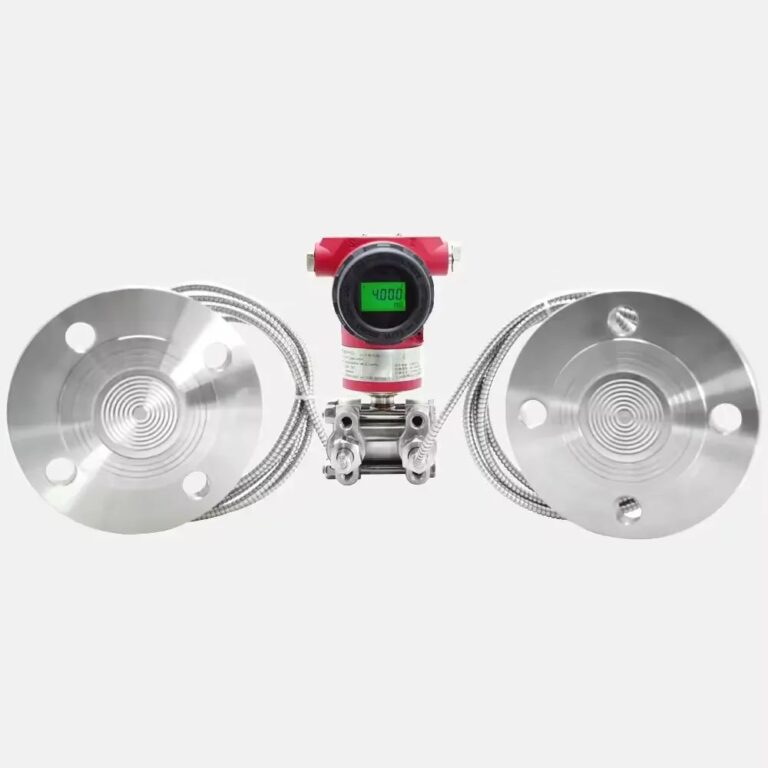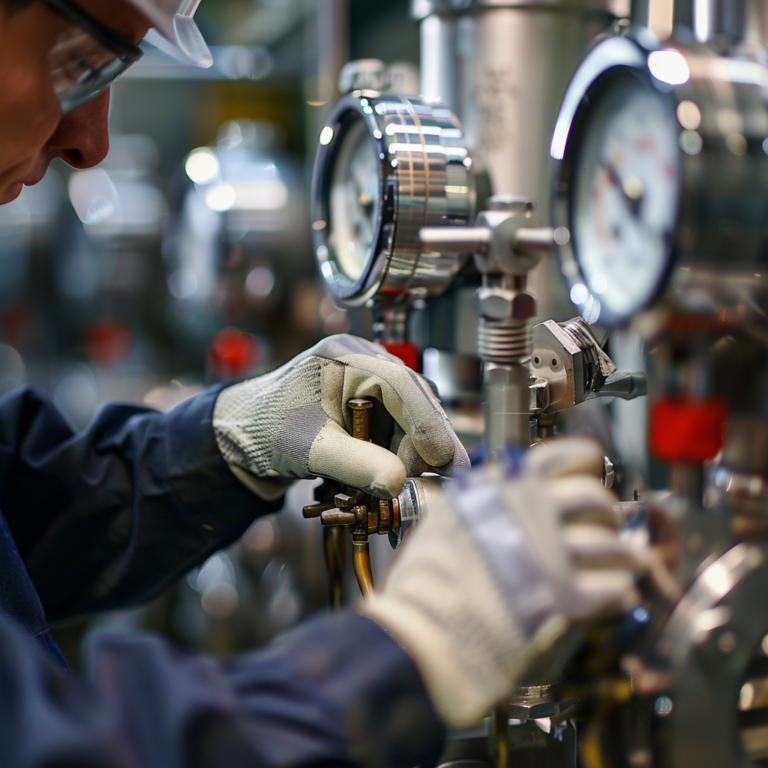Pressure sensors play a critical role in various industrial applications. To ensure their longevity and optimal performance, regular maintenance is essential. Below are some key maintenance practices that can help prolong the life of a pressure sensor and maintain its accuracy.
1. Preventing Contamination and Corrosion
One of the most important maintenance steps is to prevent foreign substances from accumulating in the pressure sensor’s conduit. Accumulated debris or sediment can affect sensor performance and lead to inaccurate readings. Additionally, pressure sensors should not be exposed to corrosive substances or extreme temperatures beyond their operational limits. If working in harsh environments, consider using protective coatings or enclosures to shield the sensor from damage.
2. Proper Installation for Gas Pressure Measurement
When measuring gas pressure, the sensor should be installed at the upper section of the pipeline. Similarly, the pressure tapping point should be positioned at the top of the pipeline. This setup ensures that any condensed liquid within the gas does not accumulate in the sensor, allowing it to drain back into the system and preventing measurement errors.

3. Proper Installation for Liquid Pressure Measurement
For liquid pressure measurement, the tapping point should be on the side of the pipeline rather than at the bottom. This placement helps prevent sediment and debris from settling into the sensor, which could interfere with its accuracy. Additionally, avoid installing sensors in locations where the fluid flow is highly turbulent, as this may lead to inconsistent pressure readings.
4. Avoiding Temperature Fluctuations
Temperature variations can affect sensor performance and longevity. Install the pressure sensor in an environment where temperature fluctuations are minimal. If working in extreme temperature conditions, consider using thermal insulation materials or protective housing to mitigate the effects of temperature changes on the sensor.
5. Protecting Against Pressure Surges
When measuring liquid pressure, avoid placing the sensor in areas prone to sudden liquid surges. Excessive pressure shocks can lead to sensor damage or calibration drift. If necessary, use pressure dampers or snubbers to minimize the impact of rapid pressure changes and protect the sensor from overloading.

6. Preventing Freezing in Cold Environments
In outdoor or cold environments, take precautions to prevent the pressure port from freezing. When liquid inside the sensor’s pressure port freezes, it expands, potentially damaging the sensor. To avoid this, apply appropriate insulation or install heating elements around the sensor to prevent freezing during winter.
7. Ensuring Proper Electrical Connections
When wiring a pressure sensor, always use waterproof connectors and ensure that cables are properly sealed. Water infiltration can lead to short circuits, erratic sensor behavior, or permanent damage. Additionally, use strain relief mechanisms to prevent cables from being pulled or damaged due to movement.

Conclusion
Pressure sensors are widely used in various industrial automation systems, including petrochemical industries, water resource management, transportation infrastructure, aerospace, and military applications. Proper maintenance practices help extend their lifespan and improve measurement accuracy. By following these preventive measures, users can ensure that their pressure sensors remain reliable and efficient in their respective applications.
